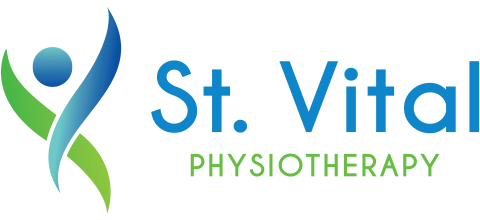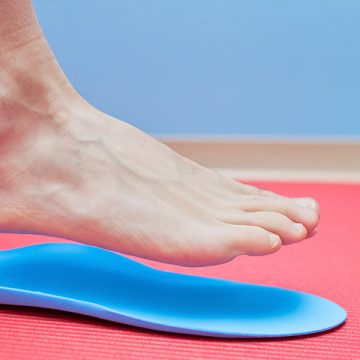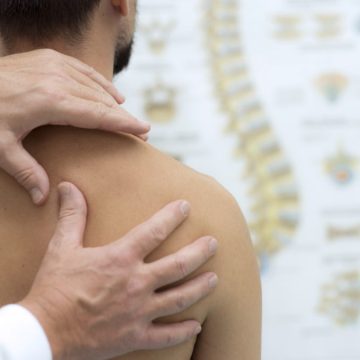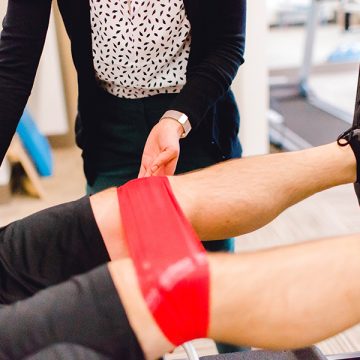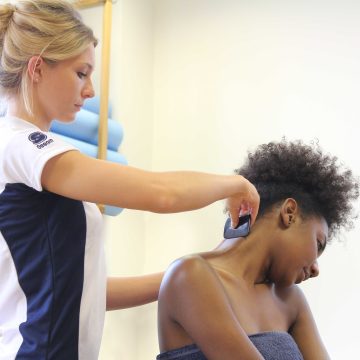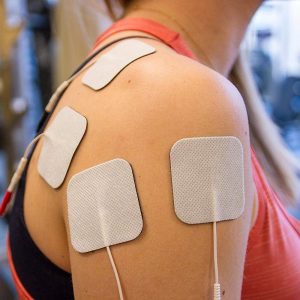Guidelines for Management of Osteoarthritis of the Hip, Knee and Hand
For Your Information
Guidelines on Management of Hip, Knee, and Hand Osteoarthritis
2019 American College of Rheumatology/Arthritis Foundation
Strong Recommendations
- Regular, ongoing exercise program. Most effective when patient preferences are considered and when they are supervised and delivered by physiotherapists coupled with instruction in self-efficacy, self-management, thermal therapies, and instruction in use of and fitting of splints and braces in their practices.
- Most patients with OA are likely to experience benefit from referral to physical therapy at various times during the course of their disease.
- Cane use is strongly recommended for patients with knee and/or hip OA in whom disease in 1 or more joints is causing a sufficiently large impact on ambulation, joint stability, or pain to warrant use of an assistive device.
- Weight loss in patients with knee and/or hip OA who are overweight A loss of 5% of body weight can be associated with changes in clinical and mechanistic outcomes. Furthermore, clinically important benefits continue to increase with weight loss of 5–10%, 10–20%, and >20% of body weight.
- Tibiofemoral/Patellofemoral knee braces are strongly recommended for patients with knee OA in whom disease in 1 or both knees is causing a sufficiently large impact on ambulation, joint stability, or pain
- Hand orthoses are strongly recommended for patients with first CMC joint OA.
- Topical Non Steroidal Anti Inflammatory Drugs (NSAIDs) (ie. Voltaren, Pennsaid) for knee OA
- Oral NSAIDs for hand, knee, and/or hip OA, but as low a dose as possible and for the shortest possible time
- Intra-articular glucocorticoid injections for knee and/or hip OA
Conditionally Recommended
- Acupuncture is for patients with knee, hip, and/or hand OA.
- Topical NSAIDs for hand OA
- Topical capsaicin is conditionally recommended for patients with knee OA
- Intra-articular glucocorticoid injection is conditionally recommended over other forms of intra-articular injection, including hyaluronic acid preparations. Conditionally recommended for the hand
- While a variety of centrally acting agents (e.g., pregabalin, gabapentin, selective serotonin reuptake inhibitors, serotonin norepinephrine reuptake inhibitors, and tricyclic antidepressants) have been used in the management of chronic pain, ONLY Duloxetine (Cymbalta) is conditionally recommended for use in OA.
- If an opioid is being considered, tramadol is conditionally recommended over non tramadol opioids.
- For those with limited options due to intolerance/or contraindications to the use of NSAIDs, acetaminophen may be appropriate for short-term and episodic use, maximum dosage of 3 gm daily in divided doses and monitored.
Not Recommended/Conditionally Recommended Against
- Non-tramadol opioids are conditionally recommended against in patients with knee, hand, and/or hip OA with the recognition that they may be used under certain circumstances, particularly when alternatives have been exhausted
- Fish oil, glucosamine, chondroitin sulphate or vitamin D
- Intra-articular hyaluronic acid injections are conditionally recommended against in patients with knee and/or first CMC joint OA and strongly recommended against in patients with hip OA.
- Stem cell injections are strongly recommended against in patients with knee and/or hip OA.
- Platelet-rich plasma treatment is strongly recommended against in patients with knee and/or hip. There is concern regarding the heterogeneity and lack of standardization in available preparations of platelet-rich plasma, as well as techniques used, making it difficult to identify exactly what is being injected.
